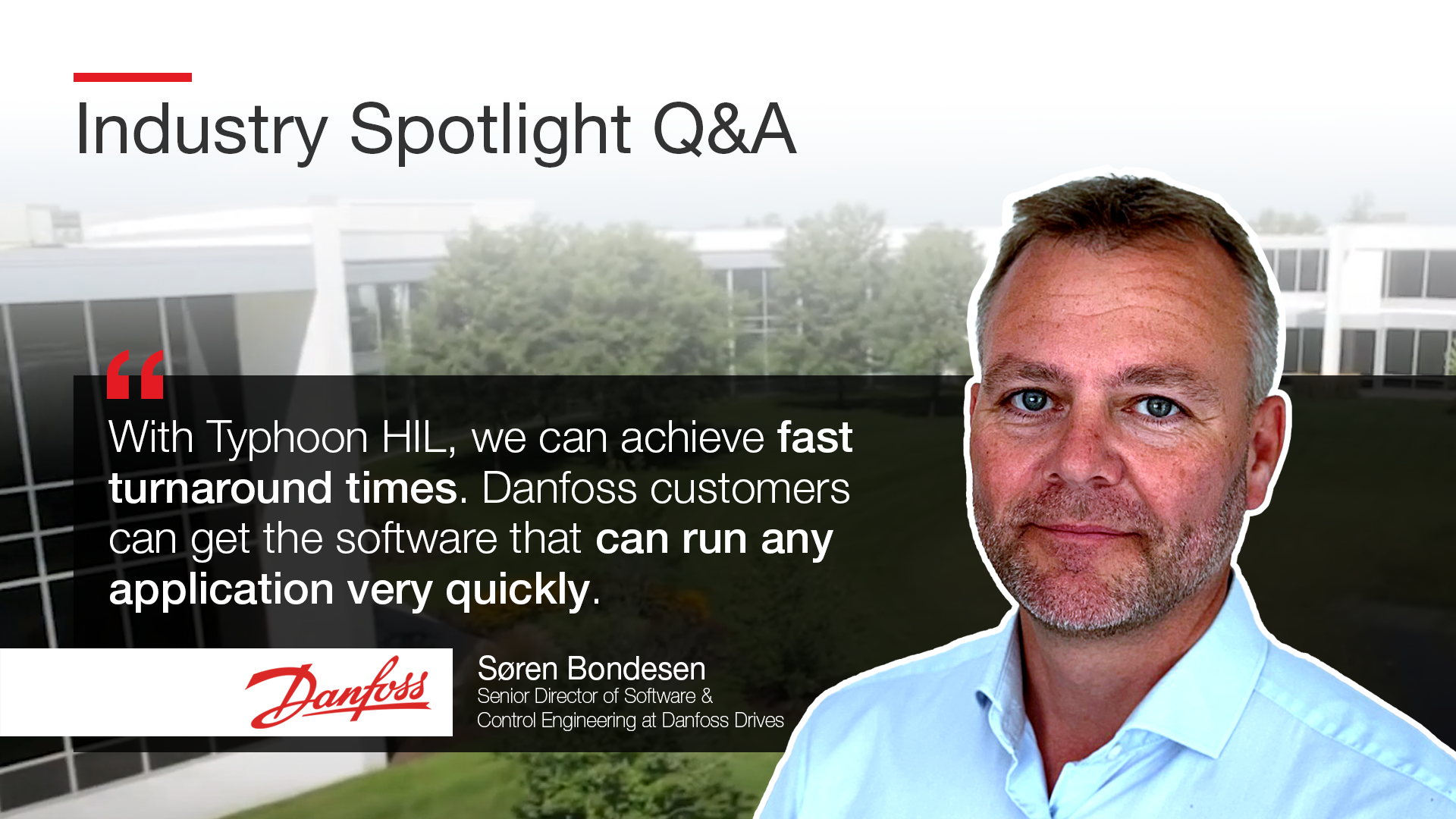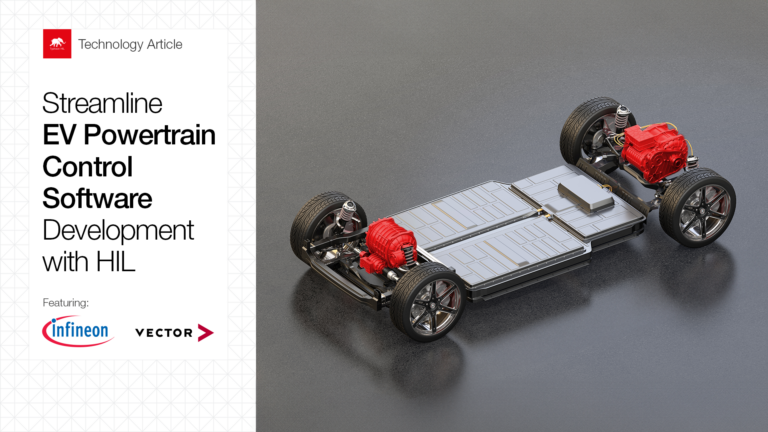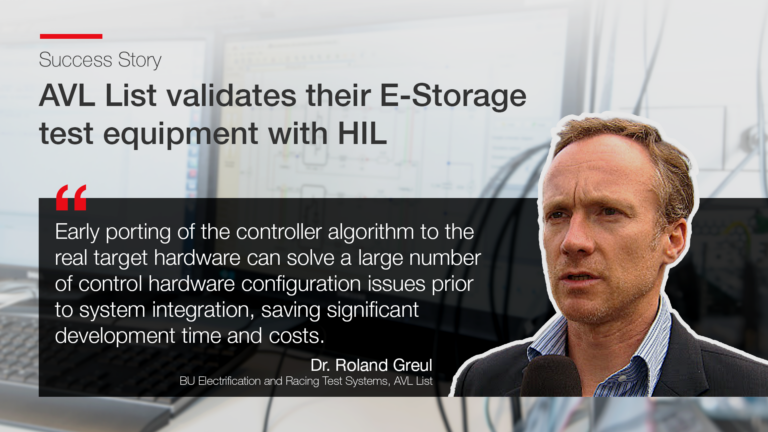Søren Bondesen is the Senior Director of Software & Control Engineering at Danfoss Drives. He tells us how using HIL can increase customer support speed and quality. Watch the short video above or read the full interview below to find out more.
What would you say is unique about Danfoss Drives?
At Danfoss Drives, we are a pure drives player. And to be a pure player, our drives need to be able to control all types of motors. We don’t offer a bundle between the motor and the drive like most of our competitors, but only the drive. By doing this, our drive can be motor-independent and we can run any motor type in the world.
To be a pure player, our drive needs to be able to control all types of motors.
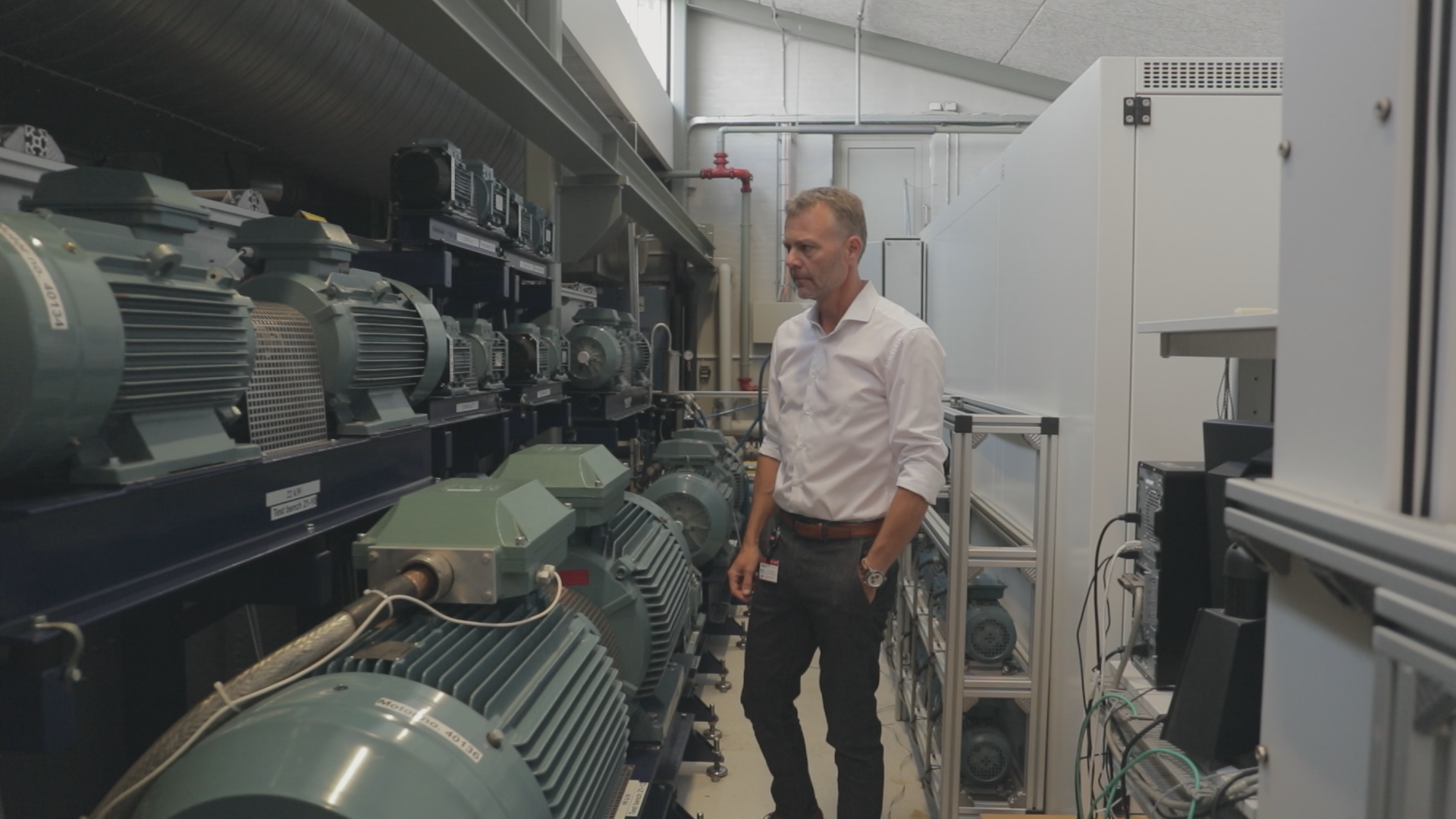
Can you describe the Danfoss Drives customer support process?
Within the R&D team, there are a lot of functions, but the one that I’ll highlight here is what we call aftermarket sales or our “hotline” support. It’s the third level of support out of four levels that exist at Danfoss (the fourth being the most technical), and that’s where the customer can contact us directly if they might be facing a challenge with any of our products. This team consists of technical engineers and highly skilled people in customer-facing roles. They have used the HIL approach for some time already and have encountered a range of different use cases.
How does working in a lab environment compare to working in a simulated HIL environment for your team?
We have a laboratory with a lot of different types of motors. We usually do a lot of testing to make sure that we are able to run all the different motor types. But of course, that is time-consuming when done in the lab. If you need to change certain aspects of the setup, let’s say, the loads on the motor or the plant model, that was a manual process that we needed a mechanical guy for, that would physically do this change in the setup. That could also take days or weeks, depending on how complex the setup is.

We can now simulate using the HIL setup with more standardized load profiles or plant models. This is a big achievement. With HIL simulation, we can now test drives in different configurations on a day-to-day basis. This makes us quite sure that the quality we aim for is in place.
We are getting more and more confident in the simulation world as we run tests simultaneously both on the HIL and the real motor.
How does Danfoss validate and collaborate on drive control performance within teams and with customers using HIL?
In one typical use case, there was a customer in Belgium who was running the FC302 in an application setup where it needed to drive a motor that could generate pressure or pump. When calling the support “hotline”, they were asked to send data on the motor type and the drive settings. We put the data into the HIL system where we have a model of the FC302 and verified that this motor could not spin in this application. You could not just attach the drive to this motor and run it under default parameter settings.
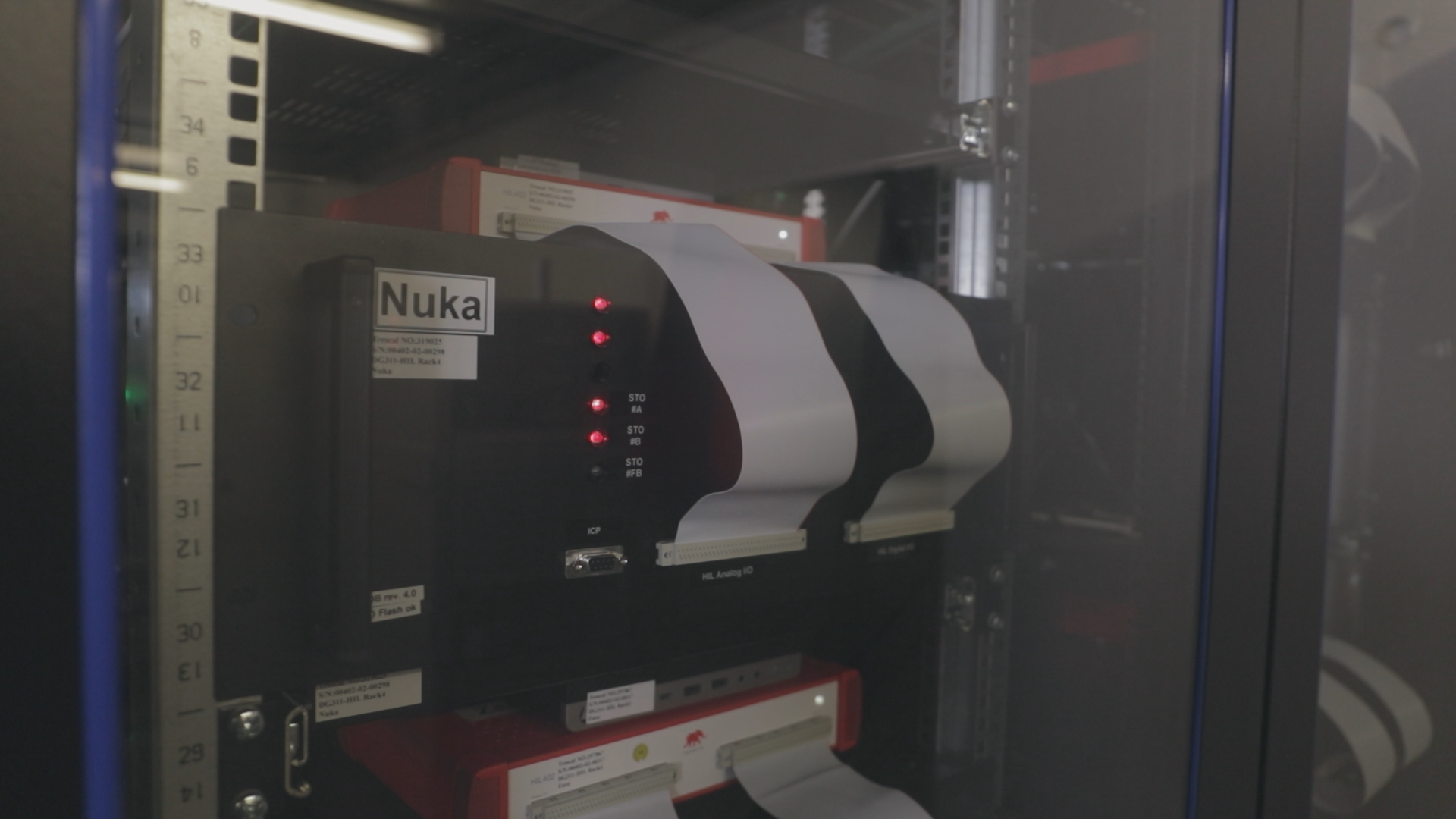
Usually, we would need to have a sample of this motor to try it out with the same settings in the laboratory. But in this case, we could just simulate on the HIL system and verify the cause of the problem in running this application.
The support hotline then handed the case over to R&D in level four support. Using the same data, we could see that we needed to adjust the code in the software. After making the adjustments, we released the software that could make this application run in simulation. When the hotline sent the software release to the customer, it worked the first time they tried it.
There were three very good learnings opportunities from this: we gained speed, we saved money, and we could achieve the quality that we wanted for the customer with just software adjustments.
Can you estimate how much you were able to speed up customer support with HIL?
If we needed to make an adjustment for our customer and we didn’t have the motor type at the laboratory, then we would not be in good shape to make the necessary changes, and it would make our work more difficult. It might lead to one of the R&D engineers having to travel to the customer to perform some measurements, do some testing, and try out solutions. He could make a software release only after he returns back home. Having a chance to test and validate in a simulated environment can certainly speed things up drastically.
When using HIL simulation, what would typically take weeks to get done in the lab could be done within a couple of days instead.

With the HIL system, the Danfoss Drives technical support team can collaborate with customers to get the updated service release provided for them very quickly.
To summarize, what is the key added value of using HIL for your customers?
It’s the speed or the turnaround time for the customer. So that the customer is not out of business for a long time, and very quickly gets the software that is capable of running a specific application or motor type. That makes a happy customer.
Using HIL simulation, Danfoss provided a better customer experience, as we could solve everything very quickly. There was no lead time at all. The key added value is the turnaround time for the customer.
How would you describe HIL in one word?
Speed.
Credits
Author | Samantha Bruce, Debora Santo
Visuals | Karl Mickei
Editor | Debora Santo
